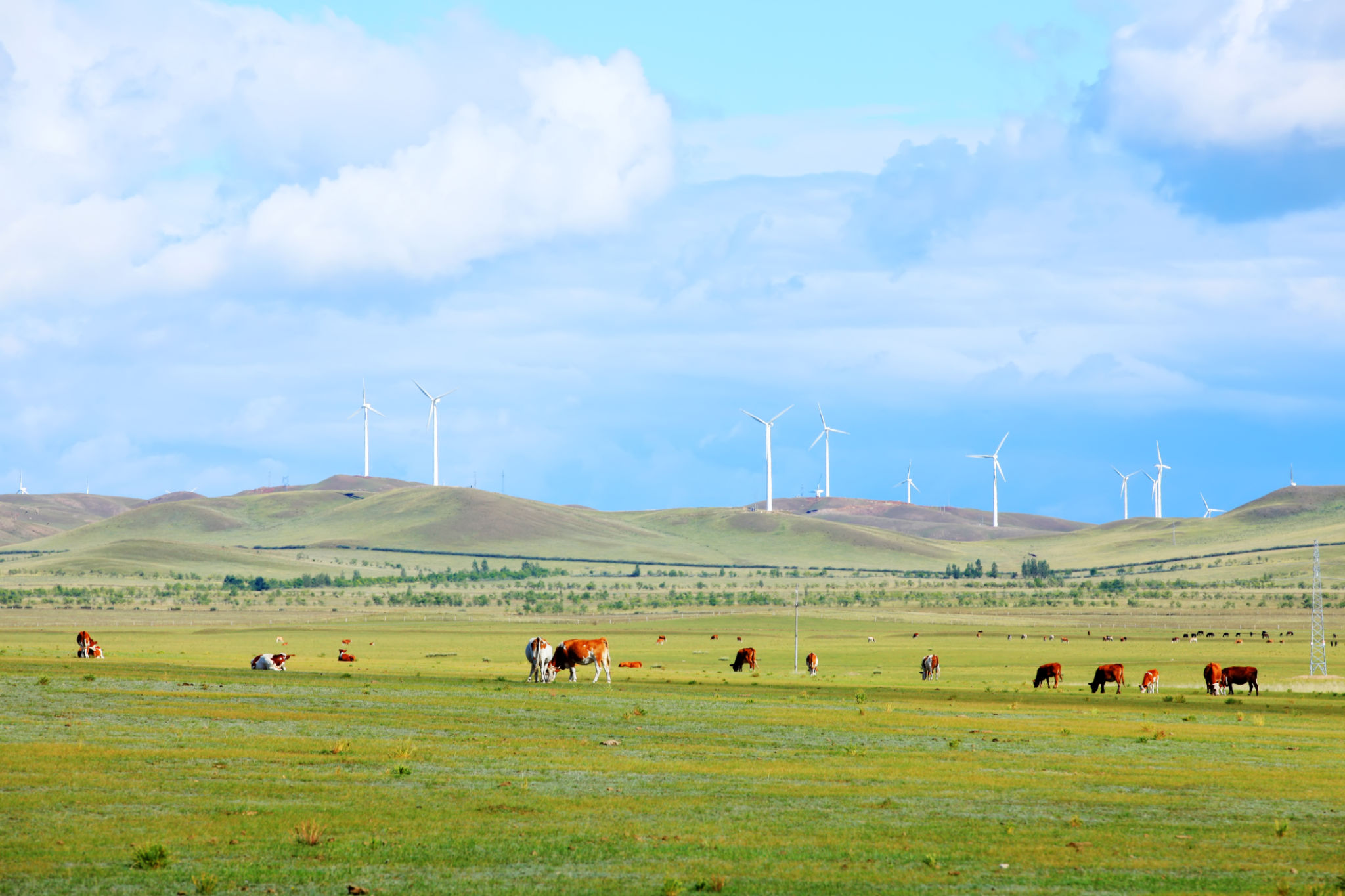Local Regulations and Best Practices for Raising Cattle in Eagle
Understanding Local Regulations for Cattle Farming
Raising cattle in Eagle requires a deep understanding of local regulations to ensure that your farming practices comply with legal standards. These regulations are designed to protect both the animals and the environment, ensuring sustainable and ethical farming practices.
Firstly, it's important to familiarize yourself with zoning laws. These dictate where you can legally operate a cattle farm. Often, farms must be located a certain distance away from residential areas to minimize disruptions caused by noise, smell, and potential health risks.
Additionally, water rights and usage are crucial concerns. Farmers need to have appropriate permits for water usage to ensure they are not depleting local resources. It's essential to consult with local authorities to understand specific water regulations in Eagle.

Animal Welfare Standards
Animal welfare is a top priority in cattle farming, and Eagle's regulations reflect this emphasis. Farmers are required to provide adequate space, shelter, and nutrition for their cattle. Regular veterinary check-ups are also mandated to ensure the animals remain healthy and free from disease.
Moreover, cattle must be handled humanely at all times. This includes during transportation, where specific guidelines dictate the conditions to prevent stress and injury to the animals. Compliance with these welfare standards not only adheres to legal requirements but also enhances the quality of the beef produced.
Best Practices for Sustainable Cattle Farming
Implementing best practices in cattle farming is essential for sustainability. One of the key practices is rotational grazing. This involves moving cattle between pastures to allow vegetation to regenerate, which helps maintain soil health and prevents overgrazing.

Another important practice is maintaining a nutrient management plan. This involves managing the application of fertilizers and manure to optimize plant growth while minimizing environmental impact. By carefully balancing nutrient levels, farmers can enhance pasture productivity and reduce runoff into local water sources.
Technological Innovations in Cattle Farming
Technology plays a significant role in modern cattle farming practices in Eagle. The use of GPS and drones can help monitor cattle health and pasture conditions efficiently. These technologies provide valuable data that aid in making informed decisions about herd management and pasture utilization.
Automated feeding systems and smart water troughs are also being adopted to ensure cattle receive consistent nutrition and hydration without excessive labor requirements. These innovations contribute to both productivity and animal welfare.

Community and Environmental Considerations
Cattle farmers in Eagle are encouraged to engage with the local community and consider the environmental implications of their practices. Building strong relationships with neighbors can lead to better cooperation and mutual support.
Participating in local agricultural groups or cooperatives can provide valuable resources and networks for farmers. These organizations often offer training sessions and workshops on sustainable farming practices, which can be beneficial for new and experienced farmers alike.
Conclusion
Navigating local regulations and implementing best practices are fundamental to successful cattle farming in Eagle. By focusing on compliance, sustainability, and community engagement, farmers can ensure their operations are both profitable and responsible.